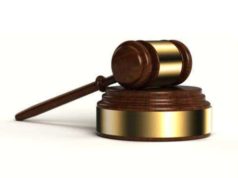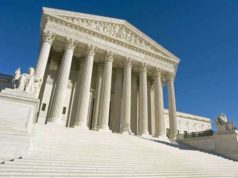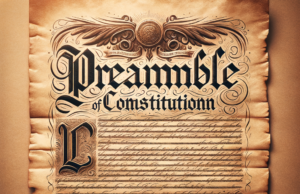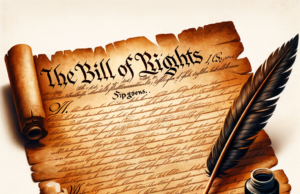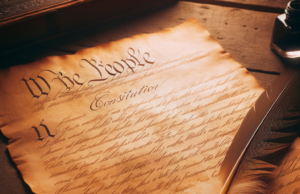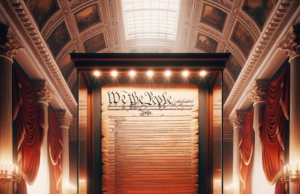Table of Contents
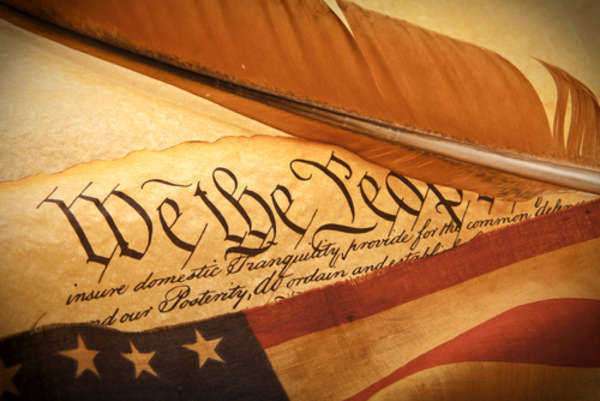
Introduction
Federal property refers to any land, buildings, or assets owned by the government of the United States. It encompasses a wide range of properties, including national parks, military bases, government buildings, and even offshore drilling rights. In this article, we will explore the definition of federal property, its types, and the agencies responsible for managing and protecting them in the United States.
Definition of Federal Property
Federal property refers to any property or asset that is owned or controlled by the government of the United States. This includes any land, buildings, vehicles, vessels, aircraft, or other assets that are under federal ownership, control, or jurisdiction. These properties are primarily used for government purposes such as military, federal agencies, or national defense.
Types of Federal Property
1. National Parks
National Parks are one of the most recognizable and widely visited types of federal property in the United States. These parks encompass some of the country’s most beautiful and historic locations, including Yellowstone, Yosemite, and the Grand Canyon. All the national parks are managed by the National Park Service (NPS), a federal agency that administers the parks and ensures their preservation and protection for future generations.
2. Military Bases
Military bases are another critical type of federal property. These bases are used to house and train military personnel, store military equipment, and serve as command centers in times of war. They are essential to the national defense of the United States and are managed by the Department of Defense.
3. Government Buildings
Federal property also encompasses government buildings, including courthouses, post offices, and federal agency buildings. These buildings are used by the federal government to conduct its business, including legislative, judicial, and administrative functions. They are managed by various federal agencies responsible for the upkeep, security, and maintenance of the buildings.
4. Wildlife Refuges
Wildlife Refuges are federal properties designed to protect and preserve wildlife and their habitats. These refuges are managed by the US Fish and Wildlife Service, a federal agency responsible for protecting and preserving wildlife.
5. Offshore Drilling Rights
Offshore drilling rights refer to the federally owned oil and gas reserves in the Outer Continental Shelf. These reserves are managed by the Bureau of Ocean Energy Management and are leased to private companies for exploration and extraction of oil and gas.
Agencies Responsible for Federal Property
1. National Park Service
The National Park Service is responsible for managing, preserving, and protecting the national parks and other federal lands and resources for future generations. The agency is headquartered in Washington, D.C., and has regional offices throughout the country.
2. Department of Defense
The Department of Defense is responsible for managing all military bases and installations in the United States. This includes overseeing the provision of facilities, services, and support programs to military personnel and their families.
3. General Services Administration
The General Services Administration is responsible for managing the federal government’s real estate assets, including buildings, land, and other properties. The agency serves as the primary landlord for the federal government and provides a wide range of services, including leasing, acquisition, and disposal of properties.
4. US Fish and Wildlife Service
The US Fish and Wildlife Service manages the National Wildlife Refuge System, which includes over 568 refuges and thousands of wetlands, wildlife sanctuaries, and wilderness areas. The agency is also responsible for enforcing wildlife protection laws and regulations.
5. Bureau of Ocean Energy Management
The Bureau of Ocean Energy management is responsible for managing the Outer Continental Shelf, including federally owned oil and gas reserves. The agency oversees leasing, exploration, and extraction of these reserves and ensures compliance with environmental regulations and laws.
Conclusion
Federal property encompasses a vast range of properties and assets that are owned or controlled by the government of the United States. These properties serve critical functions, including national defense, preservation of wildlife, and provision of government services. The primary agencies responsible for the management and protection of these properties include the National Park Service, the Department of Defense, the General Services Administration, the US Fish and Wildlife Service, and the Bureau of Ocean Energy Management. Understanding the types of federal property and the agency responsible for their management is essential in enabling the government to fulfill its duties efficiently and effectively.
The second clause that resides within the third section of Article 4 is entitled “Federal Property and the Territorial Clause. It authorizes Congress to do away with as well as create and maintain all lands existent within each State residing as Federal properties. In addition, it specifies that nothing within the Constitution will place any restraints whatsoever upon the right of the United States Government to reign over such rules for each State. The Government reserves the right to set aside lands by its own volition.
This Clause allows Congress to reside over the transactions attached to that of Federal property. This leaves the United States as the final authority when referencing concerns of Federal properties. One specific issue that arose in connection to Federal properties of the United States was that of what was termed “insular areas”, according to Congress. Cases referring to these areas were ruled by the Supreme Court, who then decided that these areas entailed regions or lands that the United States did maintain ownership over, but also simultaneously did not exist as a real part of the country. Due to this specification, Congress was granted the authority to impose specific parts of the Constitution to distinct areas.
Such an area that raises this Clause as its area of contention is that of the region of Puerto Rico. Up until now, Puerto Rico has maintained itself as residing under “United States sovereignty” as a “commonwealth.” Throughout many attempts to detach itself from the United States, results have always retained previous decisions, including maintenance of its commonwealth status.
Despite the wish of some to retain independence, it seems that still many more wish things to remain the same. Despite a specified amount of autonomy maintained by the commonwealth, the United States still retains absolute power in terms of governing this island.
In the Supreme Court case Downes v. Bidwell, seen as a landmark case in relation to that of insular cases, it was held that the United States be allowed to attain lands as well as employ absolute power in the determination of the rights of its residents. This set forth the term sometimes used, which is that of “unincorporated territories,” which may then be attached to the island of Puerto Rico as one such example.





